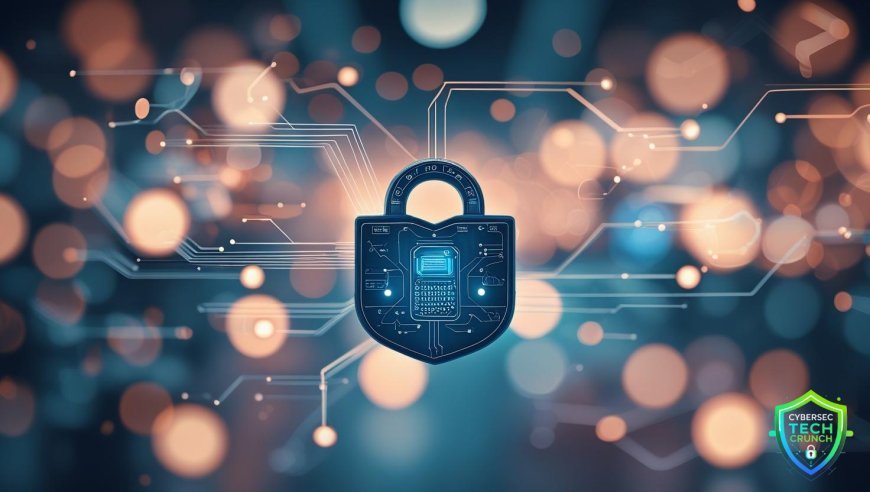IoT Security Challenges: Protecting a Hyperconnected World

IoT Security Challenges: Protecting a Hyperconnected World
The Internet of Things has redefined convenience, productivity, and connectivity in ways we could barely imagine a decade ago. From smart thermostats and wearable health monitors to industrial sensors and connected cars, IoT devices are now deeply woven into our daily lives and critical infrastructure. But with this explosion of connected devices comes a sobering truth: every device is a potential doorway, and many of them are left wide open.
Unlike traditional computers and smartphones, IoT devices often lack robust built-in security features. Many are rushed to market without thorough testing, shipped with default credentials, and rarely updated once deployed. Some have limited processing power, meaning they can’t even run standard security software. That might not sound like a big deal for a smart bulb or a digital doorbell-until you realize those same devices could be hijacked and turned into bots in a massive denial-of-service attack, or serve as entry points into more sensitive systems.
The scale of the IoT landscape is staggering. Billions of devices are online today, and that number is growing rapidly. Each one expands the attack surface, and securing them all is like trying to lock every window in a city. Now add in the growing complexity of 5G networks and multicloud ecosystems, where data flows from device to edge to cloud in real time, and you have a security challenge of unprecedented scale.
With 5G enabling faster, more reliable connections, devices can interact with low latency and high bandwidth, opening up revolutionary use cases. But this also means threats can propagate faster than ever. A single compromised device on a 5G-enabled network could exfiltrate data or launch attacks with terrifying speed. And in cloud environments, where devices may interact across multiple platforms and providers, visibility becomes fragmented, making it harder to detect when something’s wrong.
Part of the challenge is that IoT security isn't centralized. Devices are often managed by different departments, vendors, or end-users, each with varying levels of expertise and concern for security. A hospital, for example, might have thousands of connected medical devices from dozens of manufacturers-some of which may no longer be supported or patched.
The solution isn’t simple, but it starts with awareness and collaboration. Manufacturers must build security into devices from the ground up, not as an afterthought. That includes secure boot processes, encrypted communications, and timely software updates. Meanwhile, organizations need to treat IoT devices as part of their critical infrastructure, applying rigorous inventory, monitoring, and network segmentation to keep them in check.
Regulatory frameworks and industry standards will also play a key role in pushing security forward, but so will culture. We must begin to see cybersecurity not just as a technical issue, but as a shared responsibility-one that spans consumers, enterprises, and developers alike.
The IoT era is here, and it’s transforming the way we live and work. But without a serious commitment to security, all that promise could be undermined by a single compromised device. It’s time to secure the future, one connection at a time.


























